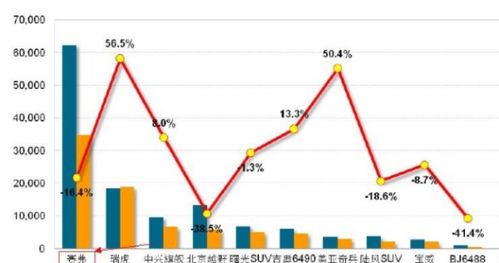Understanding OP Profit Margin: A Comprehensive Guide
When it comes to evaluating the financial health of a company, the Operating Profit Margin (OPM) is a critical metric. It provides insight into how efficiently a business is managing its operations and generating profits. In this article, we will delve into the concept of OP Margin, its importance, calculation, and how it can be used to assess a company’s performance.
What is Operating Profit Margin?

The Operating Profit Margin, often referred to as EBIT Margin (Earnings Before Interest and Taxes), is a financial ratio that measures the percentage of revenue that remains after subtracting the costs directly associated with the production of goods and services. It is a key indicator of a company’s operational efficiency and profitability.
Importance of Operating Profit Margin

Understanding the Operating Profit Margin is crucial for several reasons:
-
Assesses operational efficiency: A higher OPM indicates that a company is effectively managing its costs and generating profits from its core operations.
-
Comparative analysis: OPM allows for a comparison between companies within the same industry, helping investors and analysts identify the most efficient and profitable businesses.
-
Strategic decision-making: Management can use OPM to identify areas of improvement and make informed decisions regarding cost reduction and revenue growth.
Calculating Operating Profit Margin

The formula for calculating the Operating Profit Margin is as follows:
Operating Profit Margin = (Operating Profit / Revenue) 100
Where:
-
Operating Profit = Revenue – Cost of Goods Sold (COGS) – Operating Expenses
-
Revenue = Total income generated from the sale of goods and services
Let’s take a look at an example to illustrate the calculation:
| Item | Amount |
|---|---|
| Revenue | $1,000,000 |
| Cost of Goods Sold (COGS) | $500,000 |
| Operating Expenses | $300,000 |
| Operating Profit | $200,000 |
Using the formula, we can calculate the Operating Profit Margin as follows:
Operating Profit Margin = ($200,000 / $1,000,000) 100 = 20%
Interpreting Operating Profit Margin
The Operating Profit Margin can vary widely across different industries. Generally, a higher OPM is considered better, as it indicates that a company is generating more profit from its operations. However, it is essential to compare the OPM with industry benchmarks and historical data to gain a more accurate understanding.
Here are some common interpretations of Operating Profit Margin:
-
20% – 30%: Considered good, indicating efficient operations and strong profitability.
-
10% – 20%: Average, suggesting that the company has room for improvement in cost management and operational efficiency.
-
< 10%: Poor, indicating that the company may be struggling with operational inefficiencies and high costs.
Factors Affecting Operating Profit Margin
Several factors can influence a company’s Operating Profit Margin:
-
Cost of Goods Sold (COGS): Reducing COGS can increase the OPM.
-
Operating Expenses: Efficiently managing operating expenses can lead to a higher OPM.
-
Revenue Growth: Increasing revenue can positively impact the OPM, provided that costs are managed effectively.
-
Industry Competition: Higher competition can lead to lower profit margins.
-
Economic Conditions: Economic downturns can negatively impact profit margins.
Conclusion
Understanding the Operating Profit Margin is essential for evaluating a company’s financial health and performance








